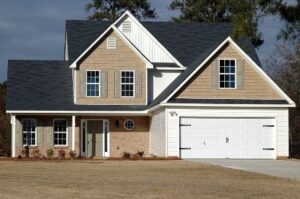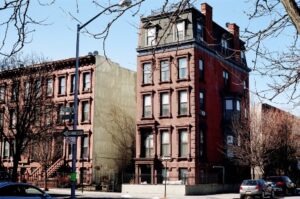Chicago's best property management company, providing tenant screening, rent collection, property marketing, and more at reasonable cost.
Wilmette Property Management at its best!
Three Pentacles is a trusted property management company in Wilmette, IL. Managing residential properties, commercial properties, HOA associations, and short-term vacation properties, Three Pentacles works hard to provide you with the customized property management service that works for you.
We Manage All Types of Properties in Wilmette
About Wilmette
Wilmette is a village in New Trier Township, Cook County, Illinois, United States. Bordering Lake Michigan, it is located 14 miles north of Chicago’s downtown district. Zip code: 60091. Population: 27,219 (2016). The present Village of Wilmette is distinct among North Shore communities because it was created by the 1924 merger of two older villages, Wilmette and Gross Point. The origins and development of these two communities differed, and this difference is still visible on the landscape. On the east, Wilmette developed on a wooded tract bordering Lake Michigan. On the west, Gross Point was the center of a German immigrant, farming community that spread across the open fields west of what is now Ridge Road. Native Americans were the first people to inhabit this region. European contact began with the arrival of French explorers three centuries ago. At that time, Potawatomi people were living in this area.

Wilmette’s road to incorporation began in 1869, a time during which the railroads played a crucial role in development, when a group of five men formed a land syndicate to promote residential development on the former Ouilmette Reservation. John G. Westerfield, the man who had originally farmed the land around the old Ouilmette cabin and later the village’s first president, laid out streets and lots in his first survey of the Village. Despite this earlier platting of the Village, it was not until 1872 that the Village was incorporated. It was named after early settlers Archange and Antoine Ouilmette, although the spelling was changed. In 1910, the Northwestern Elevated Electric Railroad replaced the CM & St. Paul line, making electric train service to Chicago or Milwaukee available for the first time from the east side of the Village. This line was expanded north to 4th Street and Linden Avenue in 1912. In 1913, the railroad’s architect designed and built a Prairie-style station intended to be a “high-grade artistic terminal to attract the better purchasers.” This electric line is commonly called the “L” line and still operates.
By 1940, the population of the Village had reached 17,226. In 1942, Wilmette’s boundaries were further expanded when No Man’s Land, the triangle of land near the lake and bordering Kenilworth, was annexed after years of legal and legislative battles. Zoning changes allowed high-rise apartment buildings to be built there beginning in the 1960s. The Edens Expressway opened in 1951 and the postwar baby boom brought rapid change to west Wilmette. Farmland disappeared as new streets were platted and homes and parks sprang up. The Edens Plaza Shopping Center opened in 1956. Improvements to the highways made it more convenient to drive to the city, bringing about the demise of the North Shore Line in 1955 and the Skokie Valley Line in 1962. In 1953, a prominent Wilmette landmark, the Baha’i House of Worship, was completed forty years after its construction began. The population grew from 18,162 in 1950 to 32,134 by 1970. When the Village celebrated its centennial in 1972, there remained little vacant land. Wilmette had become a mature suburb, one whose coming challenges would be more of preservation and revitalization than of growth.
We understand the ins and outs of local real estate
Need Help? Inquire About Our Management Services Here
Are you maximizing your rental property’s potential?




